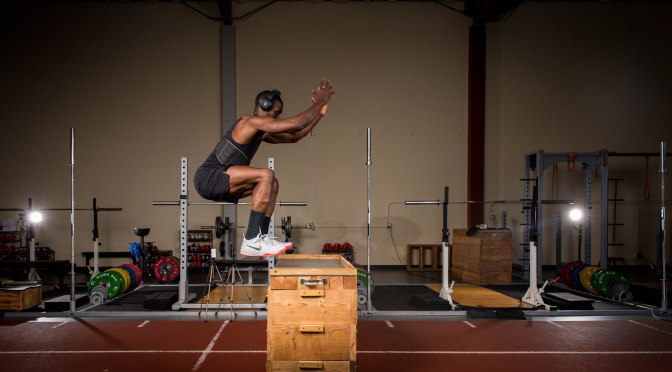Mitchell Lobetos
Sports Editor
Athletes across all sports are always looking to improve and help their team wins. Many times, that improvement boils down to personal performance — jumping higher, running faster, throwing farther. It’s no surprise that the world of technology and sports has been on a collision course, first through physical analytics with measurables such as the 40-yard dash and long jump, and more recently sabermetrics and data visualization. As technology becomes more innovative, so do the ways athletes try to improve and try and stay ahead of their competition.
A company here in San Francisco known as Halo Neuroscience has the goal to, “develop neurotechnology to unlock the human potential for both performance and medical applications.” The founders of Halo Neuroscience are Dr. Daniel Chao and Dr. Brett Wingeier. Chao holds a Stanford M.D. and M.S. in neuroscience and was once a consultant at Mckinsey & Company. Wingeier has a biomedical engineering Ph.D. and has been named on 25 U.S. patents and has ongoing studies at Tulane, Stanford and Swinburne. The two started the company in San Francisco in 2013 and have since been able to raise $9 million for the development of their product, the Halo Sport.

Neurotechnology has long been available to the military, Olympic and professional athletes. Halo Neuroscience has developed the Halo Sport, a product that will be available to the general public as a wearable headset technology. The Halo Sport, “primes the brain’s motor cortex in order to increase neuromuscular output and improve athletic performance,” meaning motor neurons have increased excitability, which leads to muscles receiving stronger, more synchronous signals. Those signals help athletes achieve new heights during workout and training. Increased signaling increases motor unit recruitment, which leads to a higher number of muscle fibers being activated, which leads to noticeable gains in strength.
Athletes across the NFL, NBA, MLB, Olympic athletes and military personnel have been using the Halo Sport for quite some time now. A short list of NFL athletes include Demario Davis, LB for the Cleveland Browns, T.J. Carrie, CB for the Oakland Raiders and Marcus Smith, DE of the Philadelphia Eagles. Carrie said, “As a result of training with Halo Sport, my standing vertical jump has increased 6-8 inches. In addition I’ve added over 80 pounds to my squat max.” Different training and performance gyms have even adopted the headset technology to improve the overall results of their athletes. Four-time Olympic gold medalist sprinter Michael Johnson’s athletic facility, Michael Johnson Performance (MJP), has incorporated the Halo Sport into their training programs. MJP has clients such as Manchester United and the Dallas Cowboys.
With the crossover of science and sports, there’s no telling what kind of innovations are currently being worked on and have yet to be developed. The Halo Sport is a revolutionary, innovative headset that will increase athlete’s performance in rapid fashion. The Halo Sport has a suggested retail price of $749, but will launch during the holiday season and be available for $699. Athletes with the proper resources will definitely look to invest if their team hasn’t already. For those looking to improve their physical attributes, only time will tell as to how the speed and explosiveness of gameplay is effected once Halo Sport is fully exposed to the athletic world.
Photo Courtesty of Halo Neuroscience

